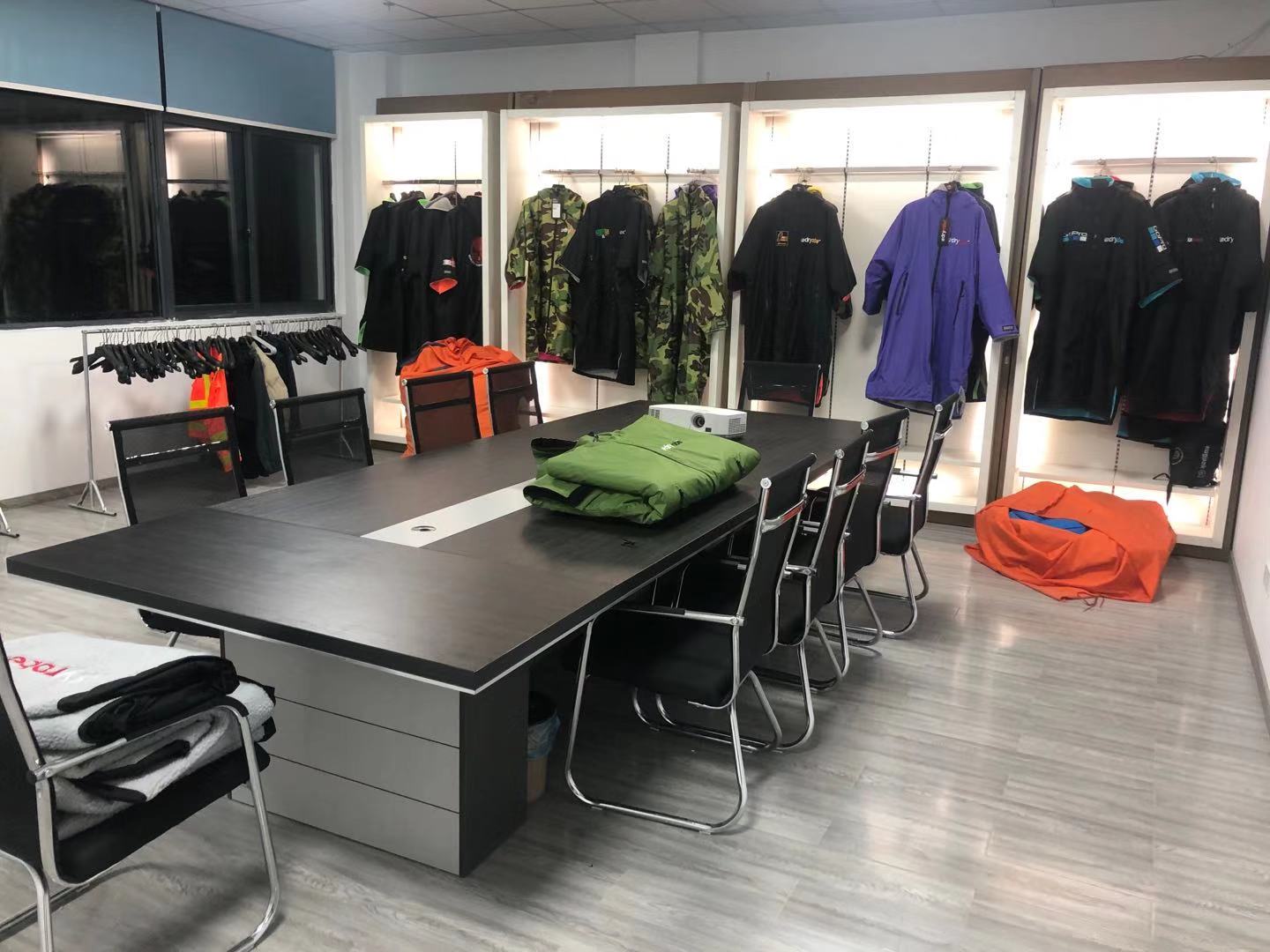On May 1, 2018, the National Academy of Sciences published a new list of academicians of the American Academy of Sciences on the official website. Based on outstanding contributions and continuous achievements in original research, 84 American scientists and 21 foreign scientists were elected as new academicians of the American Academy of Sciences. Up to now, the total number of in-service academicians of the National Academy of Sciences has reached 2,382, and the number of foreign academicians is 484, of which 190 have won the Nobel Prize. In the 140-year history of the National Academy of Sciences, the National Academy of Sciences held its annual meeting in Washington at the end of April each year. On the last day of the meeting, the list of newly elected academicians and foreign academicians was announced. This institution has selected the most outstanding representatives of the world's scientific fields and scientists who have made great contributions to the cause of human sciences as a foreign academician of the Academy of Sciences. It is regarded as one of the highest honors in American academic circles. Image source: Official website of the National Academy of Sciences Among the list announced here, there are six well-known Chinese-American scholars, including physics, biology and solid mechanics. In the past, scientists who have made great contributions to humanity by Hua Luogeng and Yuan Longping have been selected. There are also a handful of scientists in the physical and biological fields and in the medical field. The Arterial Network looks for Chinese-born figures who have appeared in the list of academicians of the National Academy of Sciences in recent years to see what kind of trends they are leading in academia. List of scientists in the medical field of Chinese academicians in 2018 Founded in 1863 by the then President of the United States, Lincoln, the American Academy of Sciences (hereinafter referred to as NAS) is a private organization of scientists and engineers dedicated to providing scientific and technical advice and advice to the US federal government. The elected academician is considered to be one of the highest honors in American academic circles. In recent years, the American Academy of Sciences has newly elected 72 academicians and 18 foreign academicians. The National Academy of Sciences has more than 20 Chinese academicians. The six Chinese nationals selected were: Yang Dan, a professor at the University of California at Berkeley, Ying-Hui Fu, a professor at the University of California, San Francisco, and Huajian Gao, a professor at Brown University, and a professor at the Massachusetts Institute of Technology. Xiao-Gang Wen, and Yafan University professor Haifan Lin, who was elected to the American Academy of Arts and Sciences in April, and MIT professor Feng Zhang. Among them, there are 4 scientists involved in the medical field, who have made important contributions in the medical field. The research directions and research contents are as follows: Dan Yang, Distinguished Professor of the University of California at Berkeley, Paul Licht, Research Fellow at the Howard Hughes Medical Institute, specializing in neuroscience and brain science research Danyang graduated from the Physics Department of Peking University and subsequently studied for a Ph.D. in biology at Columbia University. His main research interests are the neurotransmitter secretion and the molecular mechanisms of synaptic plasticity. Since then, post-doctoral research at Rockefeller University and Harvard Medical School has focused on information coding for visual systems. In terms of academic achievements, Dan Yang has won the Alfred P. Sloan Research Fellowship and the Beckman Young Investigator Award. Fu Huihui, biologist, professor of neurology at the University of California, San Francisco Fu Yuhui graduated from National Chung Hsing University (Taiwan) in 1980 with a degree in food science; Graduated from Ohio State University in 1986 with a degree in Biochemistry and Cell Biology; After three years of postdoctoral research at Ohio State University in 1989, Fu Yuhui went to the Baylor College of Medicine to continue his postdoctoral research, focusing on the human genome. After completing her postdoctoral research, she worked in the industry for four years before returning to academia as an assistant professor of research at the University of Utah. In 2002, Fu Yihui formed a laboratory with the colleague Louis Ptacek at the University of California, San Francisco. The main research contents were: localization of human sleep genes, revealing the molecular mechanisms of human sleep regulation and human rhythm, and studying mouse models of demyelinating diseases and Classification of miRNAs that help healthy myelin. And in 2009, together with the team discovered the first gene to regulate sleep time: DEC2. Lin Haifan, Professor of Cell Biology at Eugene Higgins, Yale University, Director of the Yale Stem Cell Center, Fellow of the American College of Arts and Sciences Lin Haifan was born in Wenzhou, Zhejiang Province in 1962; In 1982, he obtained a bachelor's degree in biochemistry from Fudan University; Ph.D. in Gene and Development from Cornell University in 1990; Postdoctoral research in Carnegie Research, USA, 1990-1994; From 1994 to 2006, he served as an assistant professor, lifelong associate professor and professor at Duke University School of Medicine. Since 2006, he has been a professor of cell biology at the Yale University School of Medicine, a professor of genetics, a professor of obstetrics and gynaecology, and a founding director of the stem cell center. Since July 2013, he has also served as a professor at the Institute of Immunochemistry of Shanghai University of Science and Technology. Since March 2014, he has also served as Dean of the School of Life Science and Technology of Shanghai University of Science and Technology. As an internationally renowned stem cell biologist, he uses Drosophila germline stem cells, mouse embryonic stem cells, germline stem cells, neural stem cells and leech stem cells as models to study stem cell self-renewal mechanisms. In addition, he also studied germ cell development and tumors associated with malignant proliferation of stem cells. Lin Haifan has made important contributions in demonstrating asymmetric cell division, stem cell status theory, and the Argonuate/PIWI gene family and their basic functions in stem cell self-renewal and germline development. He discovered a novel non-coding small RNA, PIWI-interacting RNA (piRNA), which was named one of the 2006 scientific breakthroughs by the Science Journal. At present, RNA-mediated epigenetic coding and post-transcriptional regulation in stem cells are also the main research contents of Lin Haifan Laboratory. On April 18, 2018, Lin Haifan was elected to the American Academy of Arts and Sciences (in general, the American Academy of Sciences, the Academy of Engineering, the School of Medicine, and the College of Arts and Natural Sciences are known as the Four Institutes, representing the highest academic title in academia). Zhang Feng, Professor of Brain Science at James and Patricia Poitras, Associate Professor of Brain and Cognitive Sciences, Department of Bioengineering, MIT, a core member of the Harvard-Bode Institute, a researcher at the McGovern Institute, and a Fellow of the American Academy of Arts and Sciences In October 1981, Zhang Feng was born in Shijiazhuang, China. At the age of eleven, he moved to the United States with his parents in Iowa. In 2004, Zhang Feng obtained a bachelor's degree in chemistry and physics from Harvard University. In 2009, he obtained a Ph.D. in Chemistry and Bioengineering from Stanford University. Zhang Feng specializes in the field of genetic editing. In 2013, the development and application of his genetic modification technology, CRISPR-Cas9, was the first to obtain a US patent, which confirmed that it can be used to edit mammalian DNA and knock out the designated genes. With this achievement, he also became a popular candidate for the Nobel Prize. In 2014, he was selected by Nature magazine as one of the top ten scientific figures of the year in 2013. In 2017, Zhang Feng was promoted to a tenured professor at the Massachusetts Institute of Technology. On August 15, 2017, Zhang Feng won the Alberni Biomedical Award and became the second Chinese scholar to receive this award in history. Zhang Feng has won several awards for his important contributions in the field of genomics and optogenetics, including the Perl/UNC Neuroscience Award (shared with Karl Deisseroth and Ed Boyden in 2012), NIH Director Pioneer Award (2012), American Nature Science Foundation Alan T. Waterman Award (2014), Canada's Geldner International Award (shared with Jennifer Doudna, Emmanuelle Charpentier, Philmpe Horvath and Rodophe Barrangou), 2016 Don Award (shared with Doudna and Charpentier). Half a month ago, Zhang Feng and Lin Haifan were selected as members of the American Academy of Arts and Sciences in 2018. Academician changes in Chinese American Academy of Sciences over the years In the 1980s, Hua Luogeng and Yuan Longping scientists successively entered the list of academicians of the US Academy of Sciences. The research fields involved physics, biology, paleoanthropology, and agriculture. In the statistics of Chinese NAS scholars over the years, we screened out A list of 18 medical-related scientists from 2011 to 2018, and found some interesting rules. Number of Chinese-American NAS academicians and the number of scientists involved in medical treatment in 2011-2018 (Source: cited from public data, collation: Arterial network) According to the data collected by the arterial network, from 2011 to 2018, there were 45 Chinese academicians, including 18 in the medical field. List of Chinese NAS academicians involved in the medical field (Source: cited from public data, collation: arterial network) According to public data, Chinese scientists entering the US Academy of Sciences can be traced back to 1942. The physiologist Lin Kesheng has made a deep research on the pain and analgesic mechanism of the international medical community because of the discovery of "intestinal gastrin". First of all, from the perspective of age and experience, the data can be disclosed. The scientists who were elected academicians were born in the 1950s and 1960s. In the 1980s, they graduated from well-known universities such as Peking University, Xijiao University, Fudan University, and China University of Science and Technology. After the experience, and after finishing his studies, most scientists choose to teach or do research at Harvard University, Massachusetts Institute of Technology, University of California, and other foreign universities. On the list, there is also the only "post-80s" academician such as brain scientist Zhang Feng. He has already made a name for himself in the field of brain science. After the introduction of the Chinese academician list in 2018, the discussion of the scientist was very hot. . In terms of gender distribution, scientific research is not a “patent†for men. High-tech barriers do not stump female scientists. Among Chinese-American NAS scholars, the proportion of males and females involved in the medical field is 50%. Gender distribution among Chinese-American NAS academics involved in the medical field (finishing: arterial network) In the field of scientists' research, biomedical scientists with high technical barriers account for the majority, accounting for 59%. Among them, outstanding results are concentrated in the fields of genomics and cytology. Distribution of research areas (data source: cited from public data, collation: arterial network) In the medical field, there are several "first people" who have the "first" research results in a certain field, such as Professor Yuan Junyi, the world's first cell death gene discoverer, and the prenatal testing for non-invasive DNA. Founder Lu Yuming and so on. In the medical field, some research applications of Chinese NAS academicians Among the many research results, Chinese NAS scholars not only frequently make their own voices in international authoritative academic journals such as "CELL" and "Nature", but also put scientific research results into practical applications related to medical treatment, and are committed to overcome and disease. Related problems. Scientific research needs innovation. In different research fields, we have selected several typical academicians to showcase their research results, in order to find the frontier dynamics among the scientific research results of many scientists, in order to explore the direction of cutting-edge technology. Professor Yuan Junwei: Study on the Mechanism of Apoptosis Professor Yuan Junyi, currently teaching at Harvard Medical School, is the only Chinese scientist who was elected to the Chinese Academy of Sciences in 2017. This is another honor she won after being elected as an academician of the American Academy of Arts and Sciences in 2007. Professor Yuan Wei has been engaged in the research of apoptosis mechanism for many years. He is one of the pioneers in the field of apoptosis research in the world, and is also the first discoverer of apoptotic genes in the world. In 2005, Professor Yuan Wei first discovered and defined the cell death pattern of necropotosis and fully explained its mechanism. Necropotosis refers to a type of cell necrosis that occurs when apoptotic pathways are mediated by death receptor ligands and are mediated by death receptors. When the death receptor ligand TNF-α, etc., binds to its corresponding death receptor, the death receptor rapidly activates and forms a dimer. Afterwards, the receptor interaction proteins RIP1 and RIP3 bind to the death receptor, form a complex and phosphorylate to regulate the downstream signaling pathway, which eventually leads to the production of excess oxygen free radicals, causing cell disintegration and necrosis. This discovery laid the foundation for the research of the world's apoptotic research, which led to the systematic study of apoptosis in many laboratories around the world from different angles, and also obtained the 2002 promise for her then graduate student tutor Horvitz. The Bell Awards made an important contribution. Professor Yuan Wei's research work has been published in authoritative academic journals such as Science, Nature, and Cell, with a total of 195 papers, and the number of citations reached 67,000 times (referenced 25,000 times in the past 5 years) ), is an internationally recognized authority in the field of cell death research. Professor Yuan Wei mentioned in the Shuimu Tsinghua Life Science lecture in 2015 that necropotosis plays an important role in the development of various diseases such as inflammatory diseases, ischemic cardiovascular and cerebrovascular diseases, and neurodegenerative diseases. According to the official report of Tsinghua University on this lecture, Professor Yuan Wei's laboratory has long been committed to the development and use of specific small molecule inhibitors to fully study and elaborate the mechanism of necropotosis. The fourth-generation small molecule compound Nec-1 has been developed to inhibit kinase activity by blocking the kinase activity of RIP1 and RIP3, thereby blocking the mutual phosphorylation of RIP1 and RIP3, thereby specifically blocking the occurrence of necropotosis. Therefore, drug design and development by targeting and regulating the kinase activity of RIPK1/3 can provide a new strategy for clinical treatment of acute and chronic diseases. Professor Ye Yuru: Exploring the possibility of neurotrophic factors in the treatment of neurological patients Professor Ye Yuru was selected into the list of NAS Chinese academicians in 2015. His research focuses on the use of modern molecular and cellular biology methods to explore the relationship between neurotrophic factors and neuronal development, and their potential to treat neurological patients. She participated in the discovery of three new neurotrophins of NT3, NT4 and NT7, and studied their action characteristics and partial mechanism of action. The CNTF receptor was found to be a terpolymer, and its receptor mechanism is similar to that of leukemia inhibitory factor. The characteristics of CNTF were studied and found that the effects of various neurotrophins can be synergistic. And to elucidate the regulatory mechanism of neuromuscular synapse formation, it was found that Cdk-5 exists in the neuromuscular junction, which directly affects the formation of synapses and its functional development. The results of the study help to elucidate the mechanisms of synapse formation and the function of synapses, and are helpful in understanding the mechanisms of learning and memory derived therefrom. More than 130 academic papers in the main core journals have been reproduced or referenced more than 9,000 times, with 12 patents. Cited from the Shenzhen Research Institute of the Hong Kong University of Science and Technology, on March 30, 2018, the Peacock Team led by Professor Ye Yuru (titled from the introduction of the high-tech talent project "Peacock Project" in Shenzhen) in Alzheimer's disease research Breakthrough progress in the field: The first genome-wide sequencing study of the patient population in China revealed new risk gene loci that are closely related to the development of the disease, revealing the relationship between the immune system imbalance and Alzheimer's disease. . This important achievement was published on February 5, 2018 in the Proceedings of the National Academy of Sciences (PNAS), filling the gap in the international genome-wide data on Alzheimer's disease in China, for Alzheimer's disease. Early diagnosis, biomarker research, and drug development are important. On the application level, the World Alzheimer's Disease Report 2015 shows that 1 patient with AD is diagnosed every 3 seconds in the world, and the number of people with Alzheimer's disease worldwide will increase from the current 46 million in 2050. To 131.5 million people. The market of at least 10 billion US dollars is waiting for development every year, and the pharmaceutical giants are also entering and following. According to the data of China Business News, since 2002, pharmaceutical companies have invested more than 200 billion US dollars in the development of new drugs for Alzheimer's disease. However, in more than 200 clinical studies, Azheimer successfully listed. There is only one disease drug, and the drug development failure rate is as high as 99.6%. Dr. Wu Shenghu, medical director of Lilly's neuroscience treatment field, also said in an interview with CBN: "If any company in the world can develop drugs that delay the progression of AD, it will be a 'super blockbuster'." Under such a background, scientists such as Professor Ye Yuru have a long way to go in the exploration of neurological diseases. Professor Lu Yuming: Opening the application revolution of non-invasive screen production Citing from Xinhuanet's report, in 1997, Lu Yuming discovered that there is fetal free DNA in the mother's blood. Based on this, he carried out a series of cutting-edge work to study the characteristics of these fetal free DNA, and proved the feasibility and practicality of using fetal free DNA to diagnose hereditary diseases. Subsequently, this important finding was published in the prestigious medical journal "Lancet", "Presence of fetal DNA in maternal plasma and serum". This article has been cited 2167 times since its publication. Prior to the second-generation sequencing, the methods used in clinical Down's testing included serological screening and amniocentesis. Amniocentesis is the gold standard for diagnosis, but it is traumatic and associated with abortion risk; although serological screening is non-invasive, the detection rate and false positive rate are not satisfactory. The birth of NIPT can be said to meet one of the most urgent needs of clinical prenatal testing. In 2010, NGS-based non-invasive prenatal screening technology began to enter the clinic. It is this discovery by Professor Lu Yuming that pioneered the non-invasive prenatal testing (NIPT) and eventually opened up a new way to detect Down's syndrome using second-generation gene sequencing . Professor Lu Yuming was also called the founder of non-invasive DNA prenatal testing. According to the "Genetic Technology Business Value Realization Report" published by the Arterial Net and Eggshell Research Institute, in 2015, the National Health and Family Planning Commission issued a pilot application for high-throughput sequencing clinical application, 8 medical clinics including Huada Gene and 108 prenatal diagnostic institutions obtained pilot qualifications, and the pilot program was officially cancelled in 2016. After a small period of verification by the regulatory authorities, non-invasive prenatal genetic testing began to be conditionally opened nationwide. Technically, NIPT is disruptive and meets the clinical two-way needs. During the year of the pilot cancellation, local governments and enterprises have made different levels of subsidies and profits in testing. The soundness of the system and the decline in costs have enabled technology to sink to primary hospitals, enabling a relatively low-income group to benefit. Compared with the genetic editing still in the cradle, the maturity of NIPT technology and the liberalization of policies have opened the door for the commercialization of this research.
China good supplier for Waterproof Change Robe, beach surf robe, swimming Change Robe, Paddle change robe, hi vis safety jacket, Reflective Safety Jacket, rainy coat, safety work wear pants and etc.
Sports Change Robe,High Quality Sports Change Robe,Waterproof Dry Change Robe,Surfing Robe Suzhou Golden Gamrnet MFG Co.,Ltd , https://www.svchangerobe.com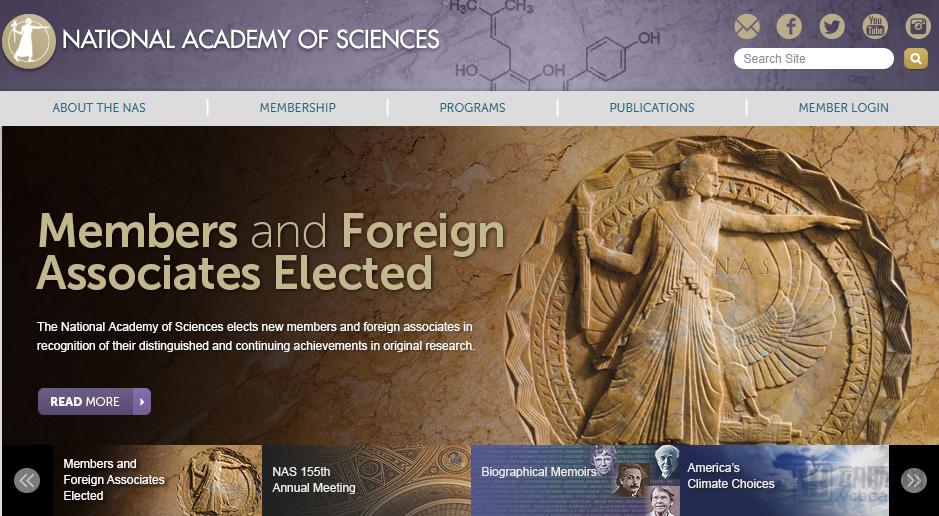
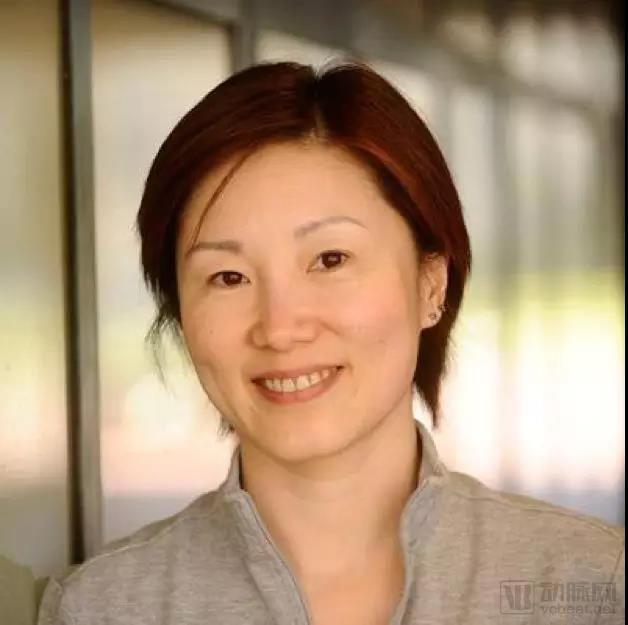
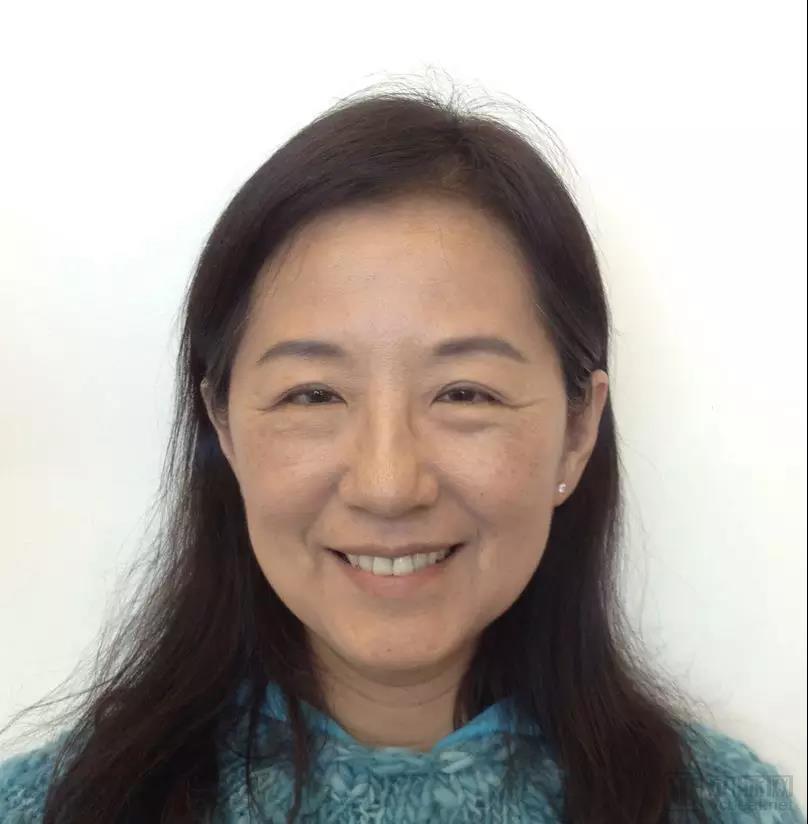
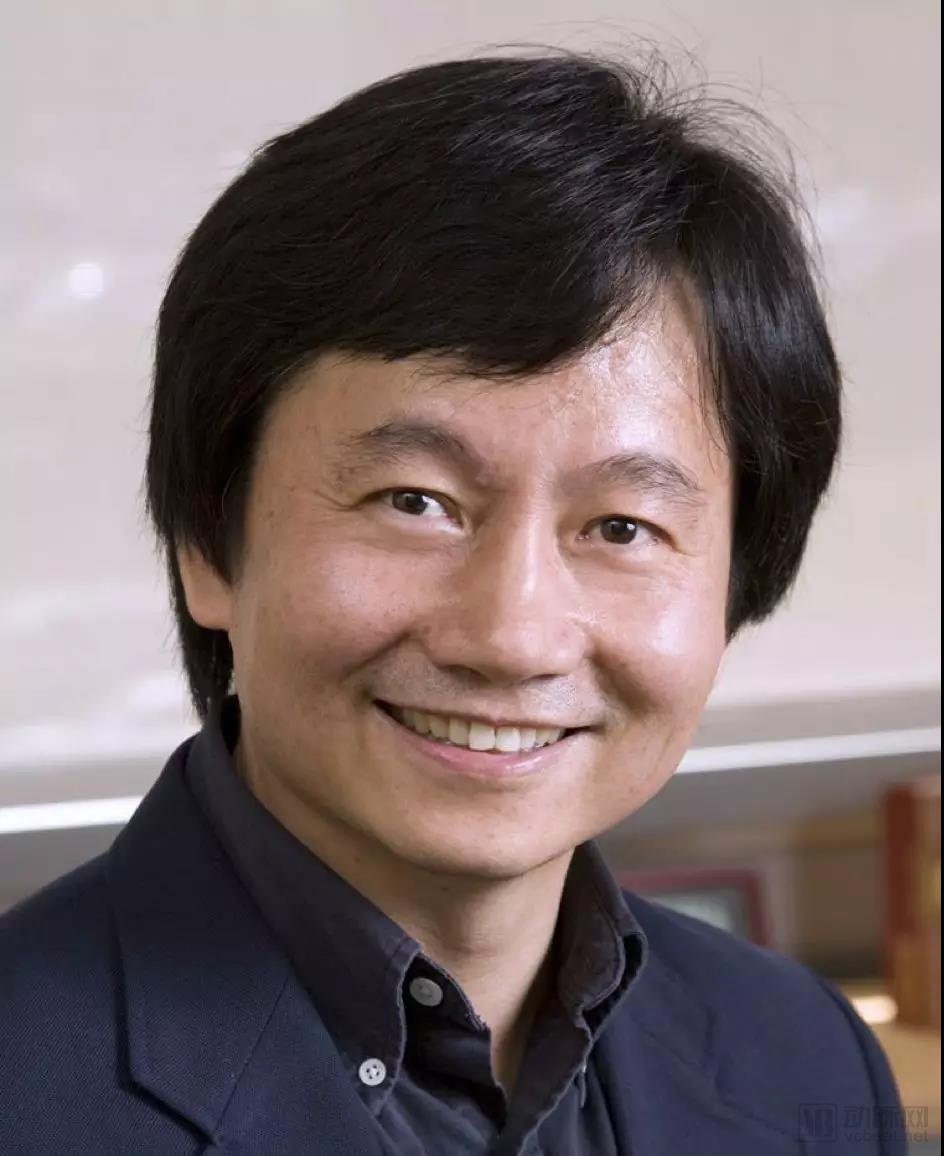
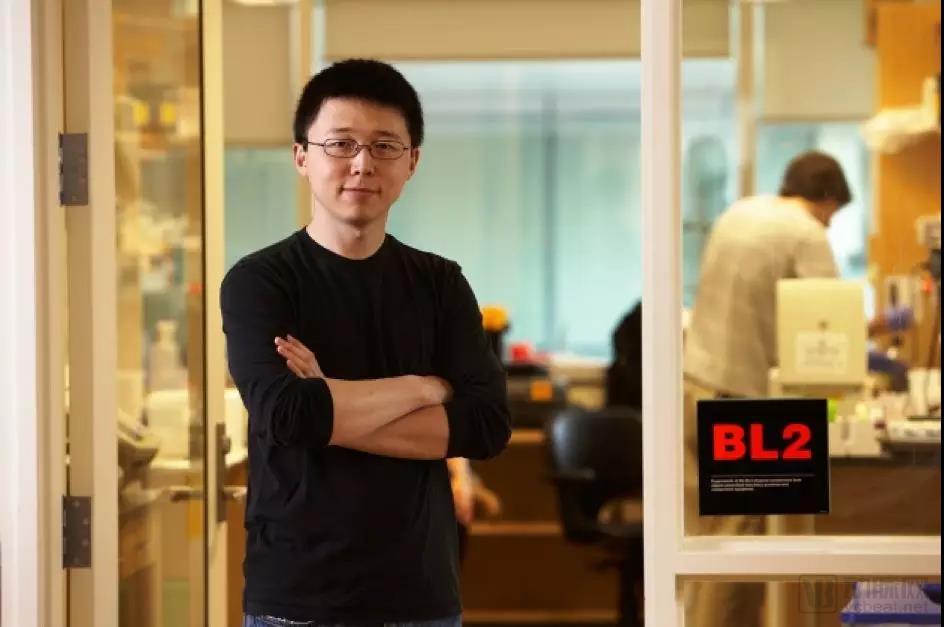

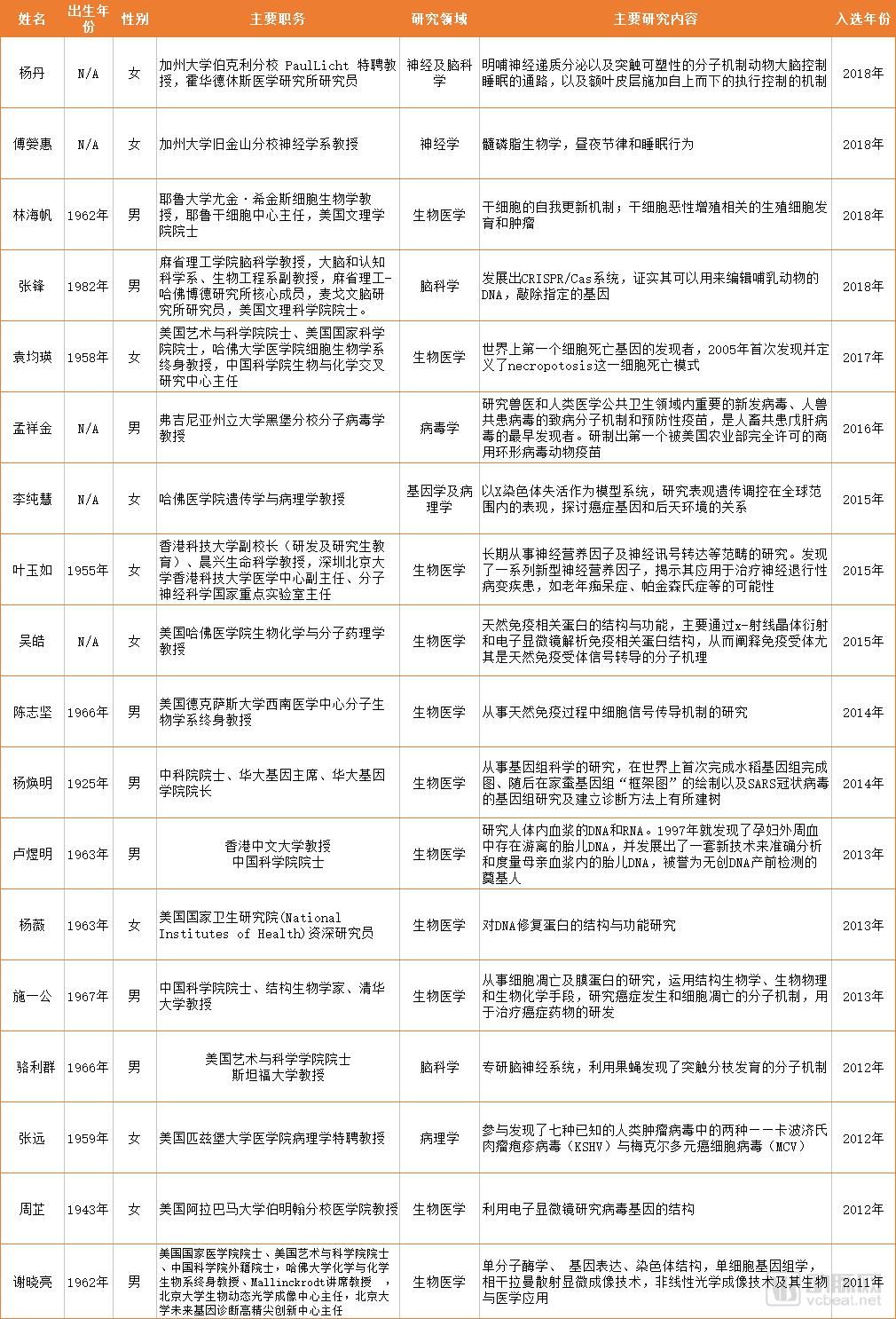
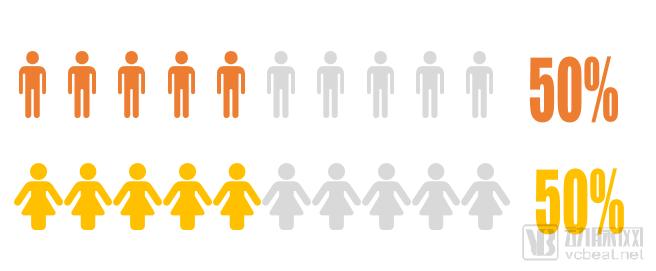
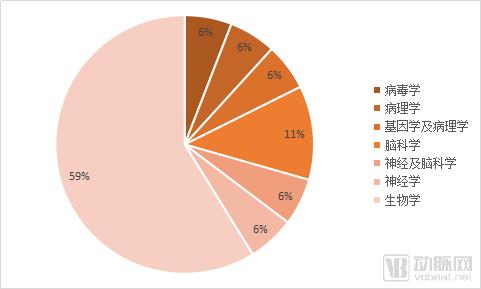
Product Name
Waterproof Surf Poncho long sleeve dry robe warm outdoor sport robes
Size
One size or customized
Color
Black, Grey, Blue, Red and etc and customized
Fabric
Recycled nylon and polyester
Sample
Available ( about 5-7 days)
Logo
Customized logo accepted

